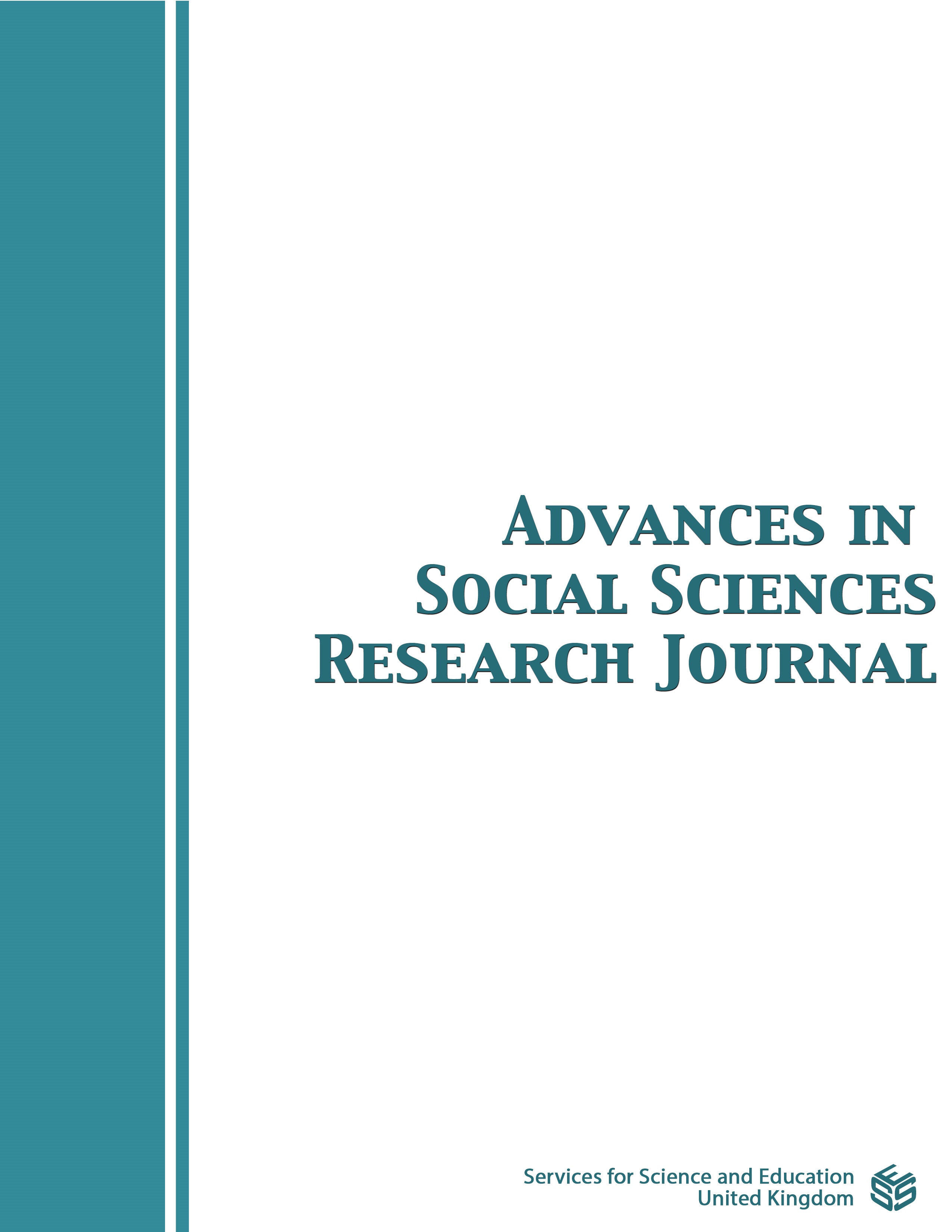A Preliminary Brief Report on the Therapeutic Orientation Questionnaire (TOQ): What Does a Discrepancy Between a Student’s Preferences for Theoretical Orientation Mean?
DOI:
https://doi.org/10.14738/assrj.910.13240Keywords:
Therapeutic orientation, counselor education, professional development (PD)Abstract
Therapists each hold a therapeutic orientation, and therapists are sometimes also patients. Anecdotal evidence suggests that therapists may have discrepant theoretical orientations qua therapist versus qua patient. In this current preliminary study, the author developed the Therapeutic Orientation Questionnaire (TOQ) to investigate the phenomenon of this discrepancy. Based on the qualitative analysis, several themes related to self-referential statement emerged. Future directions and practical implications were also discussed.
References
Buckman, J. R., & Barker, C. (2010). Therapeutic orientation preferences in trainee clinical psychologists: Personality or training? Psychotherapy Research, 20(3), 247-258.
Coan, W. E. (1987). Theoretical Orientation in Psychology and the Traditions of Freud, Jung, and Adler. Professional Psychology: Research and Practice, 18 (2), 134-139.
Hill, C. E. (Ed.) (2012). Consensual qualitative research: A practical resource for investigating social science phenomena. Washington DC: American Psychological Association.
MacDevitt, J. W. (1987). Therapists’ personal therapy and professional self-awareness. Psychotherapy,
(4), 693-703.
Rønnestad, M. H. & Skovholt,T. M (2003). The journey of the counselor and therapist: Research findings and perspectives on professional development. Journal of Career Development, 30, 5-44.
Downloads
Published
How to Cite
Issue
Section
License
Copyright (c) 2022 Gen Nakao

This work is licensed under a Creative Commons Attribution 4.0 International License.
Authors wishing to include figures, tables, or text passages that have already been published elsewhere are required to obtain permission from the copyright owner(s) for both the print and online format and to include evidence that such permission has been granted when submitting their papers. Any material received without such evidence will be assumed to originate from the authors.






